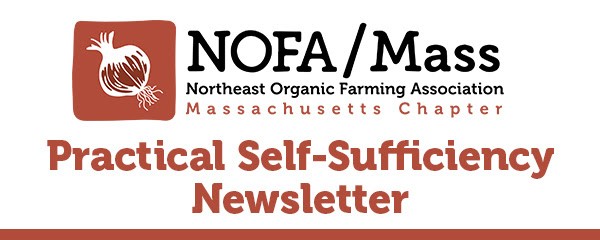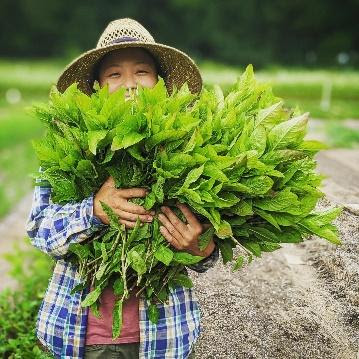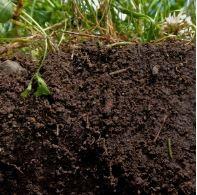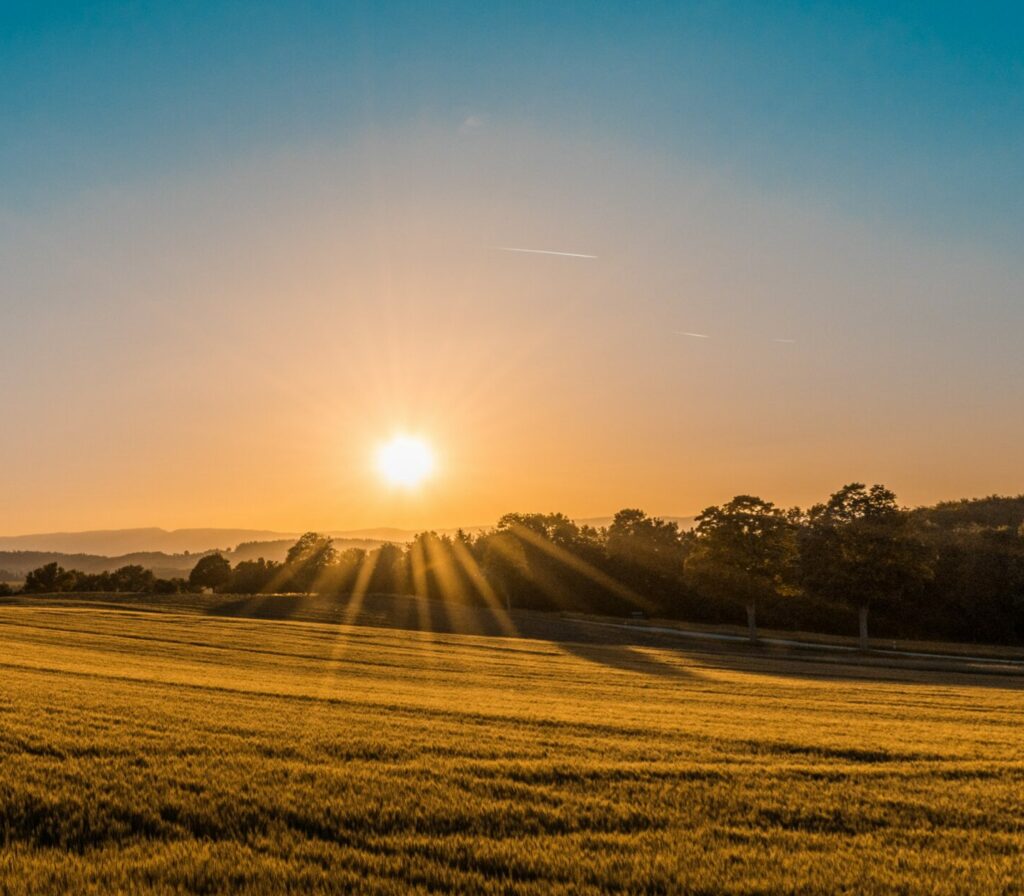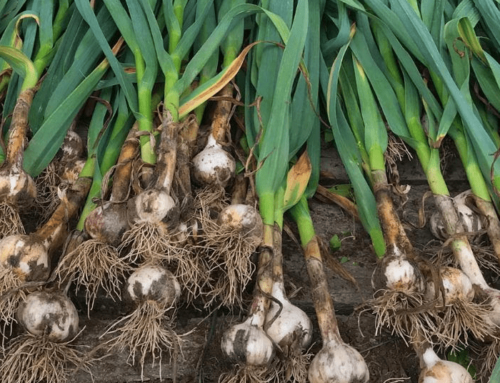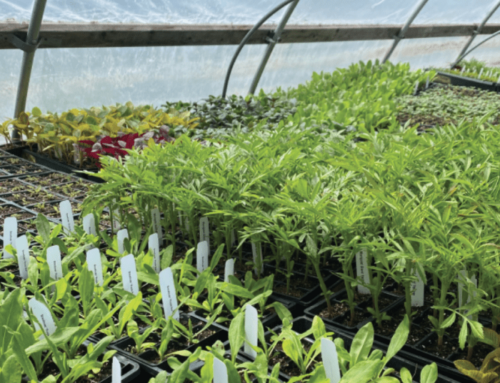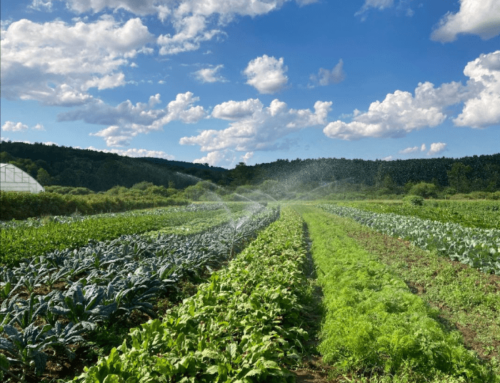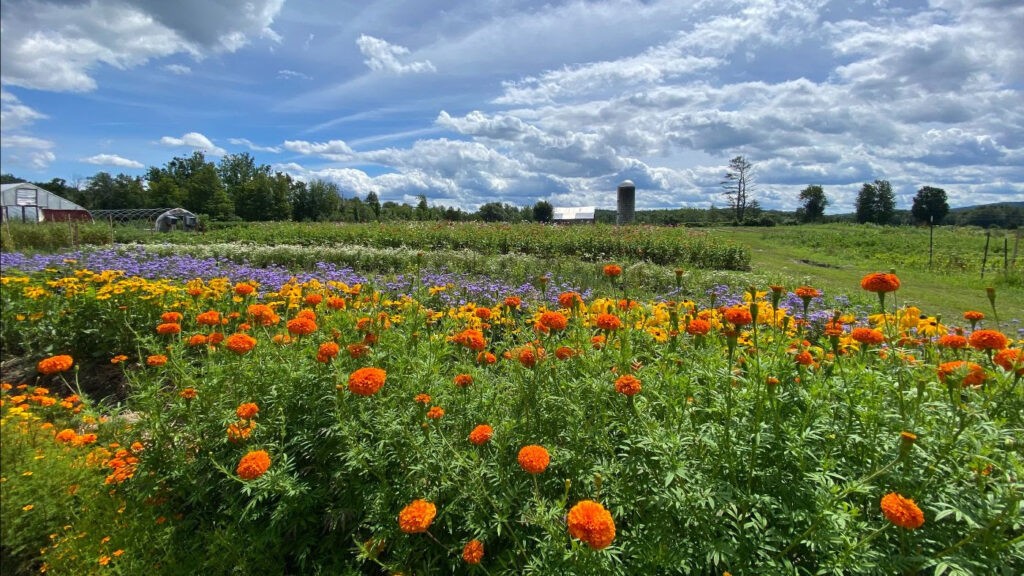
Image of the New Mexico farm that participated in the soil compaction study cited in this article.
| By: Meryl LaTronica, Farmer at Just Roots |
In my farm fantasy, I am the kind of farmer who can walk over to a freshly prepared field and plunge my arm into the soil, all the way to the elbow, with no effort. In my fantasy I hold up a handful of soil to the brilliant, blue sky and I look like a character from the end of an 80s movie.The frame freezes and you can see a glowing, shining aura surrounding my hand which is clutching this all-powerful soil. Then I bring the handful to my nose to smell it and I can just tell, it is filled with life. But I don’t live in my farm fantasy. I mean make no mistake, there are dreamy things about this farm life. And there is no doubt that if you come to my farm I will try to put on this soil performance for you, but what it more accurately looks like is: I walk over to a newly prepared field. I crouch down, because that feels cool; I thrust my hand into the soil and then shout, “ouch!” as a rock jams my finger. Then I fall over into a puddle and hope that no one saw. So, if you are into the story of that soil, then join me for a few minutes while I share my experiences of dealing with compaction on an imperfect farm with imperfect systems doing way too much production for its acreage. My name is Meryl LaTronica and I farm at a place called, Just Roots, in Greenfield, MA. We are a non-profit organization with a community farm and a commitment to food access. We lease 61 acres from the city of Greenfield and grow annual vegetables, flowers and some fruit on about seven acres (in a dry year), closer to five in a year like this one. We support a 500 member summer CSA and 300+ winter CSA (November-May) and a summer farmers market. We don’t grow all that food on this land, but we grow a whole lot of it. I’ve been at Just Roots for seven seasons, but it was in 2012 that the organization first acquired the lease to this land and began picking their first rocks and throwing down their first cover crop seeds. Before that, for many years (~ 60), the land had been in corn production (livestock feed), farmed by local farmers. I arrived at the farm in 2017, the production farm had been established, a CSA had been in operation for a few years, but it wasn’t clear how much had been done to alleviate compaction issues on the farm. In assessing the fleet of tractors and equipment when I first arrived, there was a small disc, a small chisel-ish plow (a light duty chisel with small tines that can hit a max depth of 12 inches), a double bottom plow and a rototiller. We had one tractor, a John Deere 970. The farm had been through a few tough/lean/hard-times seasons (as farms do), so I didn’t mess around. I bought the biggest disc that our wee tractor could pull and got to work cleaning the fields up and reestablishing field boundaries. I used the small chisel all over the farm and noticed how hard it was to get even this short chisel through what I was quickly learning were mostly heavy, wet fields (especially in spring). I plowed some new fields, gave some TLC to the existing ones and started my first season with Just Roots. As far as production goes, I don’t fancy myself a very innovative farmer. I like a disc; I like a perfecta. I like having weird homemade bed shapers that never quite work or make uniform beds, just to make it interesting. I use a double bottom plow if I am making a new field where there wasn’t one. I like the idea of no-till farming and I do fancy myself a low-till farmer, if that’s a thing, which I am saying I am, so it is. In 2021, Just Roots joined NOFA/Mass, AFT and a cohort of other farmers to take part in a three-year compaction study, supported by Specialty Crop Block Grant Program funds from the Massachusetts Department of Agricultural Resources (MDAR). Being a participant in this project has provided me the chance to take a deeper look at compaction and the role it plays in soil health (or lack of soil health). And guess what, it’s kind of a big deal. |
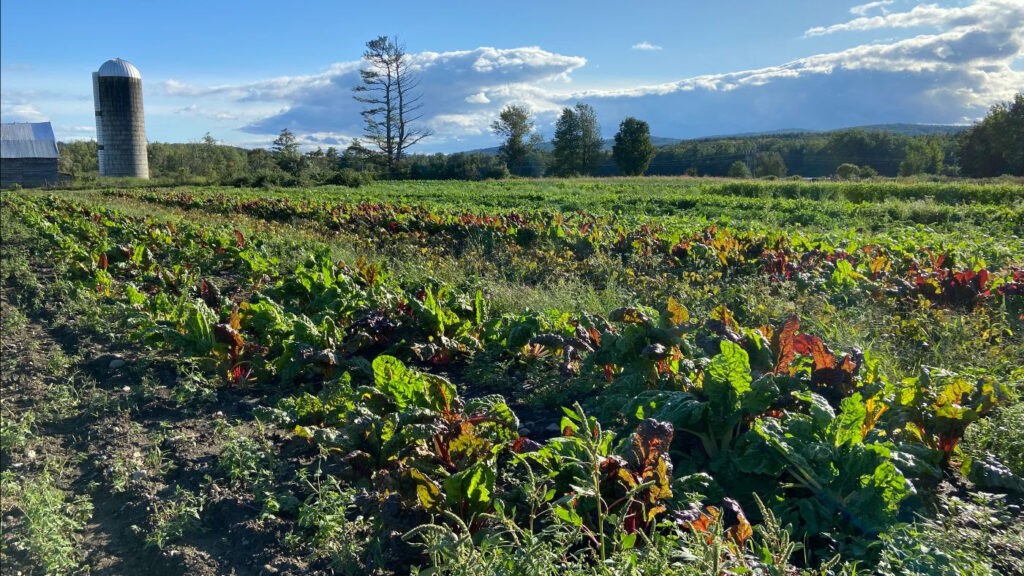
Image of the Colorado farm that participated in the compaction study cited in this article.
For the grant project, we decided to look at two different fields, Colorado and New Mexico. Colorado is a half-acre field that, for the most part we grow annual vegetables on, with a few perennial beds on one edge. New Mexico is a third of an acre field where we grow annual vegetables and flowers and have a row of standard apple trees along the north edge of the field (8 trees). We looked at both fields because New Mexico is our pick-your-own field and we wanted to see if there were any noticeable differences between the field that has more tractor passes (CO) and the field that has less tractor activity, but many more human passes; at least 100+ people picking in the field each week (NM).
Beginning in Spring of 2021, the team at NOFA/Mass has taken samples twice a year from our two fields (once in Spring and once in Fall). I will reflect on the 2021 and 2022 data as the 2023 data is not yet available. Measurements were taken at five points in each field to look at infiltration, bulk density and using a penetrometer, measured the PSI of the soil at 6 inch increments up to 2 feet. It also made note of the depth at which these points hit 300 PSI–a PSI not conducive to healthy plant growth. Overall, the field that does not have pick-your-own and many hundreds of people walking in the fields week after week, had better results across all of the metrics. The number that felt most impactful was the average, over two years, of the depth at which the soil reaches 300 PSI. In Colorado, on average, this happens at 12 inches. In New Mexico (a pick-your-own field), this happens at 9 inches. Looking at this piece of data did a couple things, it reassured me, hey, it could be worse. And also freaked me out, wow that’s it?! And then I pictured stunted roots with nowhere to go. But, looking at the data points across the farms in this cohort, some who are larger scale production than us, some who are no-till farms and some who are farming at a smaller scale, I noticed that the differences in data points were not all that different across farms, from the data from our Colorado field.
Yesterday, the NOFA team came out to do their last round of measurements. I am very curious to lay eyes on the 2023 data because a couple things have changed. One thing is that we purchased a much beefier chisel plow, with much stronger tines that have a max depth of 24 inches (twice as deep as our old chisel). We also began the work of transitioning New Mexico, the pick-your-own field into a permanent bed system, a step towards what may become a no-till system, in an effort to limit the damage that all that foot traffic can have on our crops and soil. My hunch is that those tools and changes will have an impact on our compaction issues long-term. They were choices that we made in a deliberate effort to reduce compaction. However, I’m also writing this after one of the wettest seasons we have had. There was excessive rainfall at our farm and even flooding from a nearby creek that flooded right across our NM field. All of that rain and moisture deeply affected the health of our soil, limiting airflow, damaging root growth and providing the perfect runway for increased damage when people walked, or tractors drove, across these fields.
When I close my eyes and tap into my dream farm, I have so much life in my soil, and the soft, airy, nourishing medium stretches out as far (and deep) as the eye can see. When I open my eyes and look around at my actual farm, I do, however, see healthy thriving crops (where they didn’t succumb to the rainy July). So, something is working. Too much compaction leads to less LIFE in our soils and less life leads to less growth, sad plants, sad harvests and damaged soil. No farmer wants this. However, we inherit systems and equipment, or we invest in methods to fulfill our farm production needs. I know that I have to balance those demands and those systems while integrating changes that center soil health and therefore decrease compaction. And this may happen slowly, and it certainly feels (and our data seems to back this up) that for us this may be two steps forward one step back situation. At least at this farm, with me at the helm. One day though, I might just be up to my armpit in the soil. I can dream.

